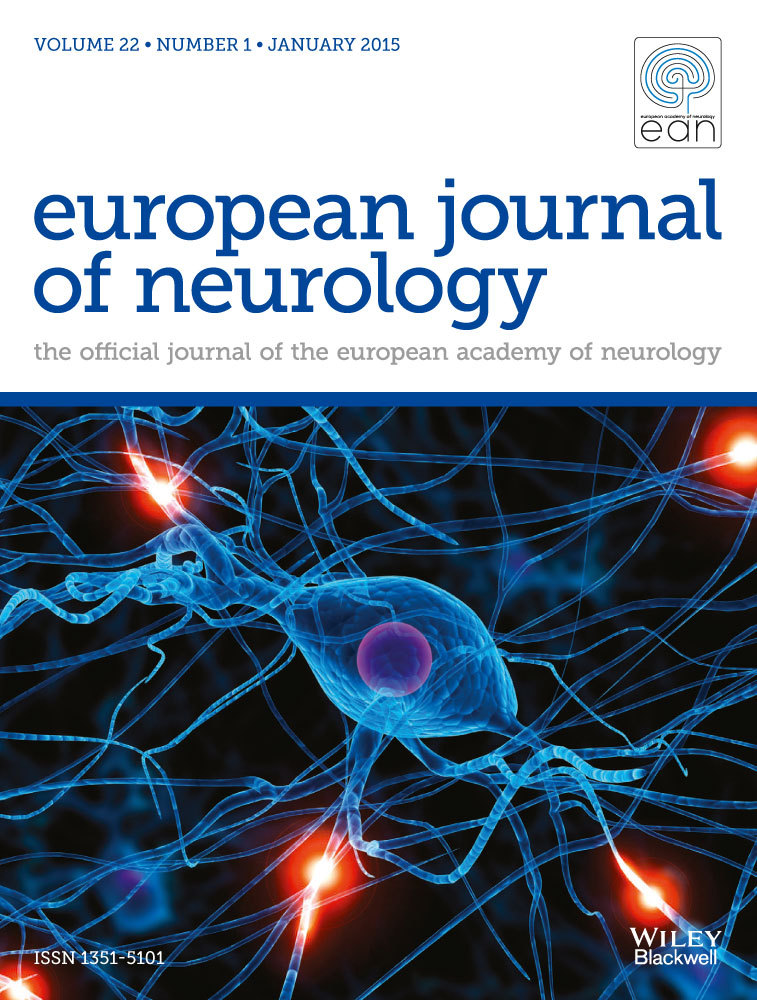Smoking and obesity interact to exacerbate the risk of hypertension, diabetes, and cardiovascular disease, but their potential synergistic effects on outcomes in multiple sclerosis (MS) have not been well studied. We aimed to study whether smoking and obesity interact to affect disease progression and cognitive function in patients with MS.
Incident cases from the population-based case–control study Epidemiological Investigation of MS (EIMS) were categorized by smoking and obesity status at diagnosis and followed up to 15 years postdiagnosis through the Swedish MS registry (n = 3336). Cox regression was used to analyze outcomes, including clinical disease worsening (CDW), progression to Expanded Disability Status Scale (EDSS) levels 3 and 4, physical worsening as measured by a 7.5-point increase in the MS Impact Scale (MSIS) physical score, and cognitive decline, defined as an 8-point or greater reduction on the Symbol Digit Modalities Test (SDMT). Interaction effects on the additive scale were assessed by combining dichotomous variables for smoking (nonsmoker = 0, smoker = 1) and obesity (nonobese = 0, obese = 1), yielding four categories: 0/0 (reference category), 0/1, 1/0, and 1/1.
Additive interactions between smoking and obesity were identified for CDW (attributable proportion due to interaction [AP] 0.18, 95% CI 0.03–0.30), progression to EDSS 4 (AP 0.18, 95% CI 0.08–0.26), MSIS-Physical score worsening (AP 0.32, 95% CI 0.21–0.42), and cognitive decline (AP 0.27, 95% CI 0.19–0.35).
Smoking and obesity appear to synergistically worsen MS progression and cognitive functioning, with the observed additive interactions across most outcomes suggesting that these factors partly share common biological pathways contributing to disease progression.


